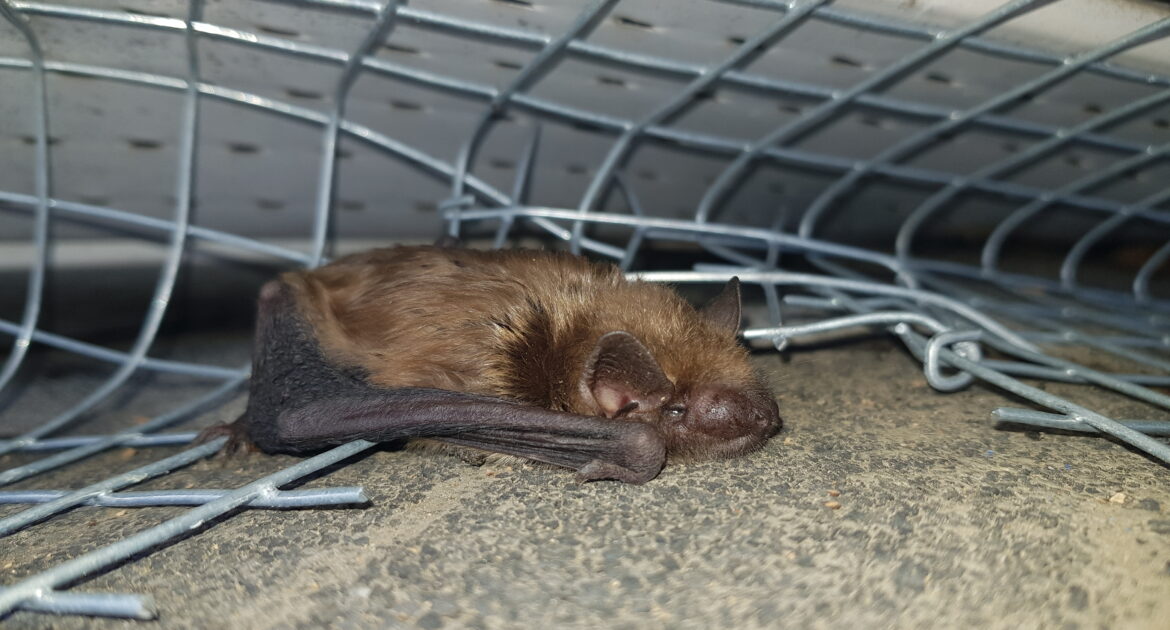A bat flying around your home can be a frightening experience because, while bats are mostly harmless to humans, they can carry rabies. However, it is important to remember that the bat is probably at least as scared as you are. If you stay calm, you can de-escalate the situation and prevent a confrontation that ends badly for both you and the bat. A calm assessment allows you to figure out whether the bat just accidentally flew into your home or whether it is roosting there, possibly alongside others. The former is a situation that you can probably resolve on your own, but the latter requires professional bat removal.
Why Do Bats Get Into Homes?
If a bat is flying around your living space, chances are that it is merely confused and disoriented. This happens occasionally, especially in the late summer when young bats are first learning to fly and honing their skills.
Bats may also get into your home purposely to roost. They do this in the spring and summer to raise their babies and again in the winter to hibernate, although they usually do not choose the same roosting spot. Bats are likely to roost in an unused or out-of-the-way area of your home, such as the attic, rather than the main living area. You may not realize they are there until you see bats flying around the roof of your home, hear strange noises coming from the attic, or find their feces on the side of your house. These are all signs that you should call wildlife control in Durham.
What Do You Do if a Bat Is Flying Around Your Living Space?
First, try to control the situation. Get children and pets out of the room; they may react with excitement or fear that could spook the bat and cause it to become aggressive. Turn off the lights in the room and open a door or window to the outside. If the window has a screen, you have to remove it. Close the interior door so the bat has nowhere to go but where you want it to go: out.
Ideally, the bat will fly out of the room on its own, in which case all you have to do is to close the door or window behind it. If the bat hasn’t flown out after about 15 minutes, you may have to catch and release it outside. Put on thick gloves to protect your hands in case the bat bites. Wait until the bat lands and place a container over it, such as a coffee can or a small plastic bowl. Gently slide a thick piece of cardboard underneath the container to trap the bat inside. It will flap its wings and make noises that indicate it’s irritated. This just means that it is scared, and you need to keep it contained until you get it outside.
Don’t release the bat onto the ground or it won’t be able to fly away. Find an elevated surface on which to let the bat go so that it can take off.
How Do You Prevent Bats From Roosting in Your Home?
Bats like to roost in high places so they can take off easily and fly away. Regularly inspect the roof, as well as areas along the roofline, for small cracks or holes where bats can get in. Bats can fit through an opening approximately the size of a dime. If you find any gaps, you can seal them up, but first, make sure there are no bats already in your home or you could trap them inside.
What Does Skedaddle Bat Removal Involve?
Our technicians are trained to verify whether there are any baby bats. If so, exclusion cannot take place until the babies are old enough to fly on their own. At that point, we identify entry points. Learn more about the specifics of bat removal and call Skedaddle for wildlife removal near me.




